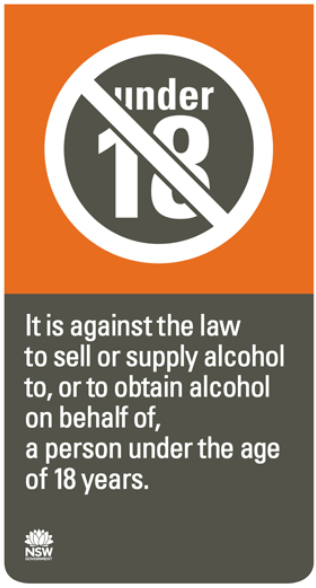Title Page
-
Conducted on
-
Prepared by
-
Store
- 8730 - Dep Pier B central
- 8731 - Dep Pier B East
- 8732 - Dep Pier B South
- 8733 - Dep Pier C
- 8734 - Arr Pier B
- 8735 - Arr Pier C
- 8736 - ALS
- 8737 - Hermes
- 8712 - Central old bond
- Arr C bond
- 8715 - Central new bond
- Staff shop
- L3 staff room landside
- Head office
Liquor
-
1. Locate the liquor sub-licensee certificate, located in a prominent location in the store.
-
If Fail, photograph. Create an Action and send to GRC.
-
2. Locate and identify the mandatory liquor signage at the entrance to a store is present.
-
If Fail, photograph. Create an Action and send to GRC.
-
The signage should be as displayed.
-
3. Locate the Liquor Incident register from Sydney Airport.
-
Create an Action and notify GRC. Also advise your line manager ASAP.
-
Locate in Back of House the branded Sydney Airport Liquor Register, used to retain current RSAs of promoters who supply sample alcohol. The register should also contain store information i.e. 8730 so AFP/authorised Sydney Airport liquor licensing staff can inspect on request
-
Staff must be able to demonstrate they know their obligations:
1) Must have a valid RSA for the state where the supply takes place
2) A printed copy of the RSA must be retained in the store, in company with the Sydney Airport liquor register
3) Staff must refuse to supply alcohol to intoxicated persons
4) Staff must not supply alcohol to persons under 18 years of age
4 i) only photographic identification is accepted and includes government issued passports / driver’s licences / proof of age cards
5) If a customer becomes intoxicated and creates a disturbance or security is required to attend, the incident must be recorded in the liquor register and reported to GRC for follow up
6) Supply and consumption can only occur during store trading hours and within the physical limits of the store
7) Harm minimisation protocols are followed









